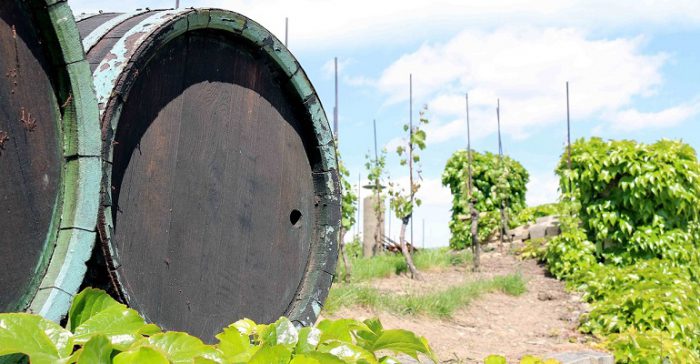How An Intelligent Microgrid Saved A California Vineyard Amidst Wildfires — Stone Edge Farm Story
Clean Technica, November 28, 2017
We recently had the opportunity to speak with Craig Wooster, Project Manager & General Contractor at the Stone Edge Farm (SEF) Microgrid Project, about the impressive work the team is doing to take the farm off the grid with sustainable energy and storage.
In addition to talking about the microgrid itself, he shared how the Stone Edge Farm microgrid performed when the recent fires in Northern California blazed through wine country, leaving many residents, farmers, and vintners to sort through the remains of their properties for signs of the structures and crops that had occupied the land just hours before.
Remote Connectivity is Critical
At Stone Edge Farm, the fires forced onsite personnel to evacuate, leaving the microgrid unattended by onsite personnel for the better part of 7 days. Thankfully, the Stone Edge Farm microgrid team was able to monitor operations remotely over the internet, as the primary internet connection for the farm was not affected by the fires. Remote personnel were able to view operations at the farm from their tablets and cellphones, which worked beautifully and allowed them to closely monitor operations.
One learning from the fires was that a backup satellite internet connection would improve the ability for the team to monitor and manage the microgrid remotely in the event that a more impactful fire or other natural disaster took out the primary internet connection.
Microgrid Operation During the Wildfires
Craig’s first sign of trouble was that the electricity was out at his house first thing in the morning, after which he received word from a member of his team about the fires. As a precaution, they put Stone Edge Farms into island mode, isolating it from the primary electrical grid in the area. It ended up running on this islanded microgrid for 7 days without while fires ravaged nearby farms and homes.
With onsite personnel evacuated and the farm operating essentially by itself, the electrical load profile dropped significantly to about 25% of the farm’s typical usage. At the same time, the output from the farm’s solar systems dropped to 50% of the typical output with the smoke blocking out half of the sun’s energy.
During the fires, the vineyards and the property were being heavily irrigated, putting the well pumps and pressure pumps to heavy use. This was done to counteract the extreme heat from the fires and to minimize the possibility of any fires on the property. Thankfully, due to a well thought out and well implemented plan, the results were favorable.
Autonomous Operation
The microgrid was developed iteratively with the intention of running autonomously in one of 3 different levels of operation. The grid can be managed and monitored at the farm at a high level, managed and monitored remotely as was done during the fires, or, in the event of a central system failure and/or the loss of the internet connection, the systems can manage themselves based on pre-programmed local logic.
The ability for individual unit operations within the microgrid to operate independently was developed at Stone Edge Farm by an intern from MIT who was working on this very concept at MIT and fortuitously connected with SEF resources. They struck it off right away and turned the relationship into an internship based on what he had been studying at MIT. Over the course of the internship, he built the prototype for the local controller.
That was three and a half years ago. Since then, several iterations of the local controller have been built. The effort has now been spun off as a startup to formalize the production version of the local controller into a product, after which it can be scaled up.
Microgrid Standards
More than anything, this was the theme that reverberated out of my hour-plus conversation with Craig — microgrids are still very much the wild, wild west of renewable energy solutions, with nearly every installation being a one-off. The work being done at Stone Edge Farm is helping to change this paradigm by establishing standard building blocks for microgrids.
Simpliphi Power is charging down that road by creating a “microgrid in a box” product that will allow customers to purchase and have an installer professionally install a microgrid system without having to reinvent the wheel.
Craig shared that through the work being done at the farm in partnership with a number of vendors, the team is working to define and establish the first fruits of microgrid standards in the hopes that they can be formalized by the UL, ISO, and other global standards organizations.





